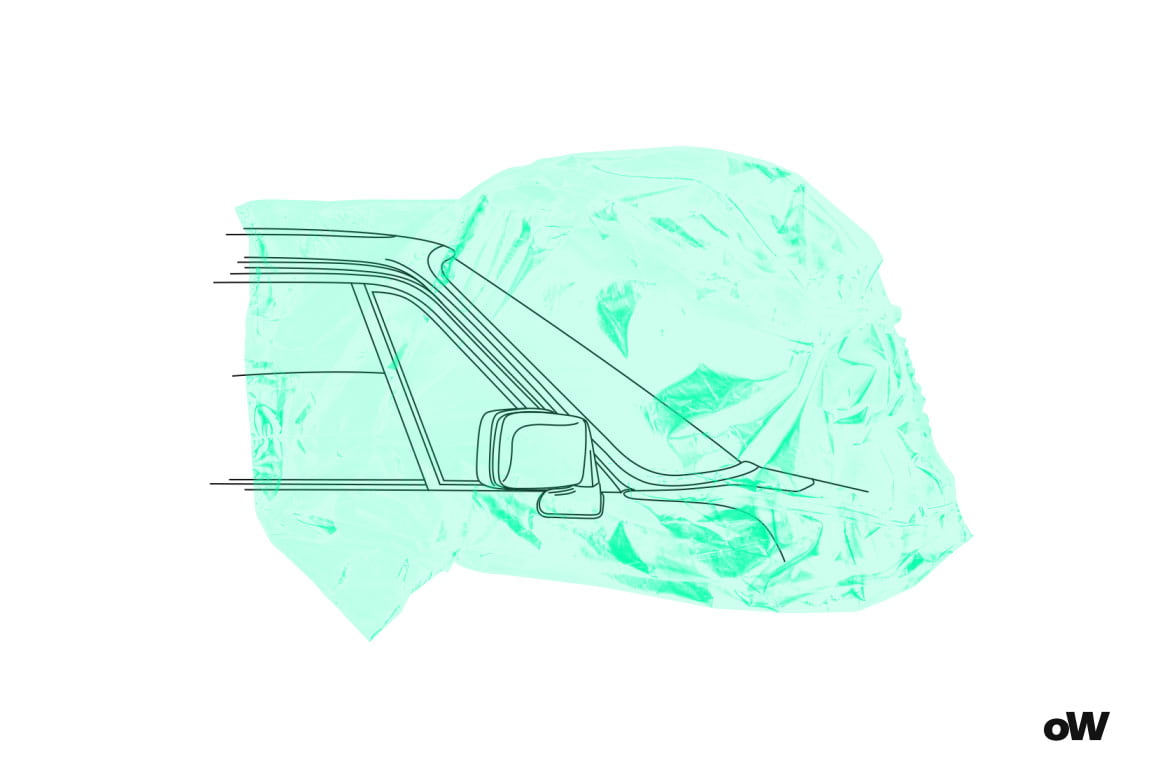Quiz: What Country Are These Cars From?

Have you ever noticed how a car can tell an entire story about its country of origin? The elegant curves of Italian sports cars, the unwavering reliability of German engineering, the practical minimalism of Japanese sedans – each car carries a piece of its national character. In a world where borders are gradually blurring, cars remain some of the most vivid ambassadors of their countries. But how well can you determine a car’s homeland by looking only at its silhouette or logo? Test your automotive erudition in our exciting quiz “What Country Are These Cars From?” and discover the amazing world of automotive heritage from different cultures!
About the Quiz
Our quiz is not just a test of knowledge about car brands. It’s an exciting journey through the automotive map of the world, allowing you to test your intuition and broaden your horizons. Participants will need to determine the country of origin of various cars, from world-famous brands to rare exotic marques.
The quiz structure includes 14 questions of varying difficulty. You will see images of cars from different eras – from classic models that defined the golden age of automobile manufacturing to modern innovative concepts. For each question, four answer options are offered, from which you need to choose the correct country of manufacture.
The quiz is designed for both automotive enthusiasts and people just beginning to take an interest in the world of cars. It not only tests knowledge but also enriches it, accompanying each answer with interesting facts about the presented car brand and its significance for the manufacturing country.
The Significance of Cars for a Country’s Culture
Cars have long ceased to be just a means of transportation – they have transformed into important cultural artifacts that reflect the national identity of their creators. The history of automobile manufacturing is closely intertwined with the economic, political, and social history of countries.
For Germany, the automotive industry became a symbol of revival after World War II. Meticulousness, the pursuit of perfection, and technological mastery – all these German qualities are embodied in Mercedes-Benz, BMW, and Audi cars. Their mottos – “The Best or Nothing” (Mercedes-Benz) and “Advancement through Technology” (Audi) – reflect the national philosophy of engineering excellence.
In Italy, cars have evolved into a form of art. Ferrari, Lamborghini, and Maserati have become expressions of Italian passion, beauty, and drama. It’s no surprise that many Italian cars are exhibited in modern art museums alongside paintings and sculptures.
Japan, through its automotive industry, has demonstrated to the world the philosophy of kaizen – continuous improvement. Toyota, Honda, and Nissan revolutionized the concept of mass production, combining reliability, economy, and innovation, which reflects the Japanese approach to harmony of functionality and efficiency.
American cars like Ford and Chevrolet have become symbols of freedom and endless horizons, the embodiment of the “American Dream” with their spacious interiors, powerful engines, and iconic models that have become part of mass culture.
Recognizing Cars from Different Countries
Determining a car’s country of origin can be done through a range of characteristic features that have formed over decades under the influence of national traditions, technological capabilities, and consumer preferences.
German cars usually feature restrained but elegant design with clean lines and precise proportions. You rarely find extravagant elements in them – everything is subordinated to the principle of functionality. Characteristic features include high-quality materials, ergonomics, and technological sophistication. The logos of German brands (BMW’s circle, Mercedes’ three-pointed star, Audi’s four rings) have become standards of minimalist design.
Italian cars are recognizable thanks to their emotional, often dramatic design with flowing lines and expressive details. Italian automakers pay special attention to aerodynamics and sculptural forms. Even in budget Fiat models, one can notice the pursuit of style and individuality, not to mention Ferrari supercars with their signature Rosso Corsa red.
Japanese cars traditionally stand out for their practicality, compactness, and well-thought-out ergonomics. Their design is often inspired by principles of minimalism and functionality. Characteristic features include high technological content, economy, and attention to every detail. In recent years, Japanese design has become more expressive, as seen in the aggressive lines of new Lexus and Mazda models.
French cars are easy to recognize by their avant-garde, often eccentric design that isn’t afraid of experimentation. Citroen, Peugeot, and Renault are famous for unconventional solutions, bold forms, and innovative concepts that are often ahead of their time. French automotive design values originality above practicality.
Swedish cars like Volvo and Saab have always put safety first, which was reflected in their strict, substantial design, attention to detail, and innovative protection systems.
Interesting Facts About Car Brands from Different Countries
Automotive history is full of amazing facts that reveal the deep connection between national character and approach to car creation.
Germany: BMW initially produced aircraft engines, which is reflected in the company’s logo, symbolizing a rotating propeller against the Bavarian sky. The Volkswagen Beetle was created at Adolf Hitler’s request as a “people’s car,” but became a symbol of peace and freedom in post-war America.
Italy: Ferrari founder Enzo Ferrari never considered cars the main goal of his activities. He created road cars only to finance his racing team. Lamborghini emerged after tractor magnate Ferruccio Lamborghini became disappointed with his Ferrari and decided to create the perfect sports car.
Japan: The first car under the Toyota brand in 1936 was essentially a copy of the American Chrysler Airflow. Today, Toyota is a pioneer in hybrid technologies, and its production system has become a model of efficiency for the entire world.
Sweden: Volvo invented the three-point safety belt in 1959 and gave up the patent so that the life-saving device could be used by all automakers, saving millions of lives.
Korea: Just 30 years ago, Korean cars were considered symbols of low quality, but today Hyundai and Kia are trendsetters in design and technology, attracting leading specialists from Europe.
Russia: The legendary VAZ-2121 “Niva” became the world’s first mass-produced SUV with a unibody structure, creating an entire class of crossovers that dominate the global market today.
By participating in our quiz “What Country Are These Cars From?”, you will not only test your knowledge but also discover the fascinating cultural geography of the global automotive industry, where each country has written its unique chapter in the history of automobile manufacturing. Get ready for a journey through the automotive map of the world!






